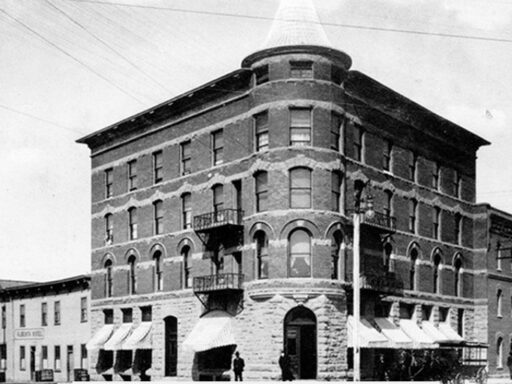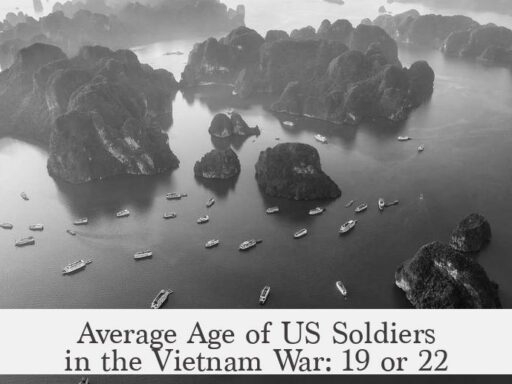Quaalude’s ban in the US effectively stopped its use in North America due to strict legal measures, international cooperation, and market forces. The DEA first classified methaqualone as a Schedule II controlled substance in 1973. This classification began intense crackdowns on illegal sales. In 1984, the US government passed legislation prohibiting Quaalude’s production, sale, and possession, sealing the drug’s fate in the country.
Authorities extended efforts globally. The DEA collaborated with governments in West Germany, Austria, Hungary, and China to curb Quaalude manufacturing. These efforts successfully halted much of the drug’s legal production worldwide. Though illicit production briefly continued in Mexico into the early 1990s, it quickly declined due to shrinking demand.
The decline in Quaalude’s popularity also played a major role. During the 1970s, Quaalude was a common recreational drug, especially in disco culture. However, due to widespread abuse and addiction, its reputation worsened. Drug companies observed a steep decline in sales. By the late 1970s, doctors became reluctant to prescribe Quaaludes, intensifying its fall from favor.
Competing substances like methamphetamine emerged, offering alternative drugs with growing markets. This shift further reduced Quaalude’s appeal and usage. As a result, manufacturing and demand in North America diminished substantially.
Despite the near-complete stop in North America, methaqualone remains popular in South Africa. There, it is imported illicitly from overseas manufacturers, mainly based in India.
- DEA’s scheduling and crackdown began in 1973, severely limiting Quaalude’s legal availability.
- 1984 ban outlawed production, sale, and possession across the US.
- Global cooperation stopped legal manufacturing in major producing countries.
- Declining popularity, stigma, and rival drugs reduced demand drastically.
- Illicit use still persists outside North America, especially in South Africa.
Why Did Quaalude Disappear from U.S. Streets After Being Banned in the 1980s?
In the mid-1980s, Quaalude was famously taken off the market and banned in the United States, and unlike many other banned substances, its use virtually vanished domestically after the crackdown. So, what makes Quaalude’s case so remarkable? How come banning this drug led to the near-total halt of its U.S. use while other drugs persist despite bans? Let’s dive in.
First off, it’s worth noting your assumption that Quaalude use stopped completely in the U.S. deserves some nuance. While Quaalude essentially disappeared here, its use persists internationally. It remains popular in South Africa, where methaqualone—the active ingredient—still flows in from illegal manufacturers, mostly based in India. So, globally, Quaalude hasn’t vanished entirely, but in the U.S., it faces near extinction.
From Sleep Aid to Disco Party Staple
The story begins in the 1960s. Patented in 1962, Quaalude was launched commercially in 1965 by William H. Rorer, Inc. as a sedative and sleep aid. It was supposed to help people catch some zzz’s—not fuel wild parties.
Fast forward to the late ’70s, and Quaaludes evolved from a medicinal helper to a staple of the disco scene. Seriously! By then, the little pills were dubbed “disco biscuits” and prized by suburban youth for their euphoric effects.
This skyrocketing popularity came with a darker side. The drug’s abuse skyrocketed, addiction rates climbed, and Quaaludes earned a bad reputation. That wasn’t something Rorer was thrilled about. In fact, the company conceded in 1978 that while Quaaludes only made up 2% of sales, they caused 98% of their problems. An awkward business ratio, no doubt!
Quaalude’s bad rep wasn’t just a PR issue—it affected prescriptions too. Doctors became wary, hesitant to prescribe something so controversial. So, in a last-ditch effort, the manufacturing rights were sold to Lemmon Company, which even tried renaming the drug, hoping to sneak past the stigma. The rebranding gambit? Pretty unsuccessful.
The Crackdown: DEA and International Efforts
With addiction and illegal sales spiraling, the U.S. Drug Enforcement Administration (DEA) swooped in. By 1973, methaqualone was classified as a Schedule II controlled substance—a serious step marking it as having high potential for abuse.
But it didn’t stop there. The full ban came in 1984, signed into law by the President. This made manufacturing, selling, or possessing Quaaludes outright illegal. What’s cool is the DEA didn’t face this challenge alone—they teamed up with foreign governments in West Germany, Austria, Hungary, and China to kill methaqualone production globally. That international teamwork is a vital part of Quaalude’s disappearance story.
One might think: “Illegal production should always continue underground, right?” Well, yes and no. Methaqualone production did linger in Mexico into the 1990s. But the drug’s appeal had waned incredibly by then. The rising star was methamphetamine—a cheaper, more potent competitor that siphoned away the crowd.
What Makes Quaalude Different from Other Banned Drugs?
Here is where the REAL insight arrives. Many banned drugs, like cocaine or opioids, persist through underground markets because they remain in high demand and their production is hard to fully stop globally. With Quaalude, multiple factors synced to end its U.S. reign:
- Strong international cooperation: The DEA’s global partnerships effectively slashed worldwide production, for a drug that originally had limited manufacturing hubs.
- Market shift: Methamphetamine’s rise cut Quaalude’s popularity sharply, snapping the chain of demand.
- Prescription stigma: Doctors shunned Quaalude, choking off legal supply.
- Illicit networks weren’t robust enough: Unlike drugs with deep-rooted black markets, Quaalude didn’t have widespread or diversified production sources outside a few countries.
Put simply: if demand goes down and supply lines close, a drug stands little chance of hanging on.
Could Quaalude’s Story Happen Today?
Thinking forward, Quaalude’s tale offers lessons. When multiple fronts—from legislative action and healthcare providers to international policing—work together, drug use reduction becomes more achievable.
Also, shifting market forces matter. If a drug loses “cool factor” or gets replaced by alternatives, it fizzles out faster. But drugs with entrenched user bases and production across many countries, like heroin or fentanyl, don’t just vanish, no matter the ban.
So, What’s the Final Takeaway?
Quaalude’s near-complete disappearance from the U.S. market after the 1984 ban is unique because it combined international cooperation, shifting drug trends, limited production sites, and medical community withdrawal—all at once. This isn’t a magic bullet for every banned drug, but it shows that coordinated, multifaceted approaches can really move the needle. Quaalude didn’t just vanish by fiat; it was a perfect storm of factors.
“In the war against addictive drugs, Quaalude is one rare victory where banning aligned with market forces and global action—making the drug’s U.S. disappearance less a mystery and more a model.”
As you ponder this, next time you hear about a new “banned” substance struggle, remember Quaalude’s story. Complete wipeouts are rare but not impossible. It takes teamwork, market shifts, and a bit of timing magic. And hey—if only the disco biscuits could talk, we’d get one heck of a tale on what made them dance so briefly and then vanish.


